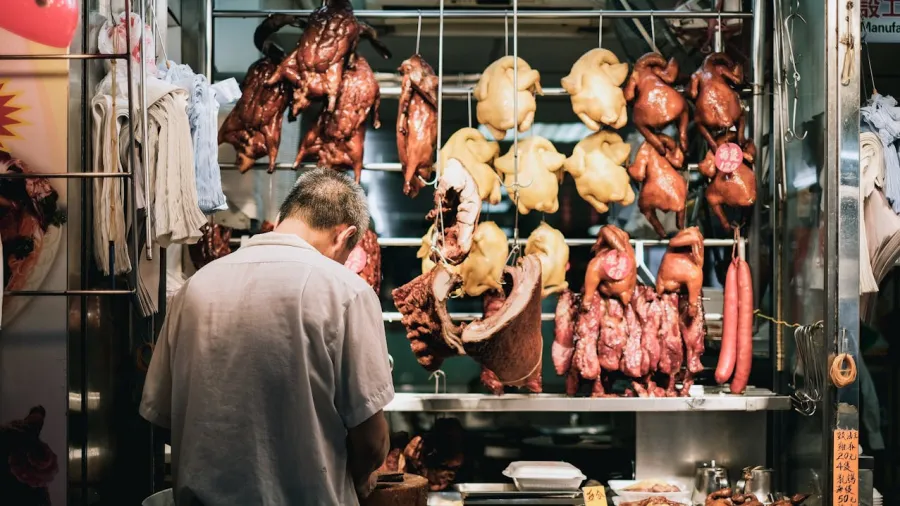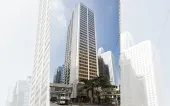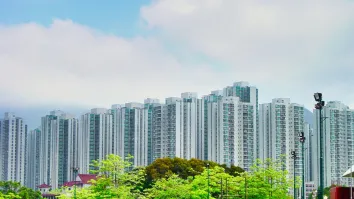
Tourists stabilise HK’s F&B sector amidst retail sales decline: CBRE
Total restaurant receipts declined by just 0.3% year-on-year in the first three quarters of 2024.
Changes in consumption patterns continued to weigh on overall retail sales in Hong Kong, but increased tourist foot traffic stabilised the food and beverage (F&B) sector, according to CBRE Hong Kong.
According to CBRE, total restaurant receipts declined by just 0.3% year-on-year (YoY) in the first three quarters of 2024.
Despite the declines in retail sales and restaurant receipts, discounted rents continued to drive leasing demand. CBRE reported a new leasing volume of 1.1 million square feet (sq ft) for the full year, reflecting a 29% YoY decline but marking the second-highest annual volume on record.
The F&B sector remained the most active segment in the retail leasing market, securing 377,000 sq ft of space in 2024.
Several international brands re-entered or expanded in Hong Kong, leading the sector to lease a total of 97,700 sq ft of space in 2024, a 30% YoY growth compared to 2023. The growing number of mainland Chinese tourists further fuelled the expansion of pharmacies, CBRE noted.
High-street shop vacancy rates across Hong Kong’s four key shopping districts rose by one percentage point in the fourth quarter of 2024, primarily due to vacated shops in Tsim Sha Tsui. However, on a YoY basis, the vacancy rate decreased by 1.3 percentage points, settling at 7.8% by the end of December 2024.
Sustained leasing demand and relatively healthy vacancy levels underpinned steady growth in high-street shop rents, which rose by 1% quarter-on-quarter in the fourth quarter, matching the growth rate of the previous quarter. This brought full-year rent growth to 5.7%, CBRE added.
Looking ahead, Hong Kong’s initiatives to promote an event-driven economy are expected to boost tourist arrivals, according to Lawrence Wan, senior director and head of advisory and transaction services - retail at CBRE Hong Kong.
The F&B sector is poised to benefit most from this trend. However, structural shifts in consumption patterns are expected to cap retail sales growth at modest levels, he added.
According to Wan, retail openings are likely to focus on low-to-mid range restaurants, emerging fashion brands, and wellness-related retailers. High-street shop vacancy rates are expected to remain relatively low, supporting rental growth of up to 5% in 2025.



















 Advertise
Advertise






